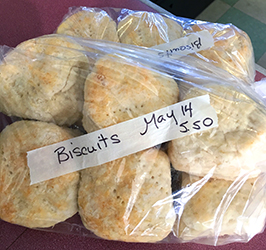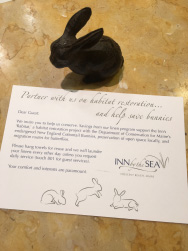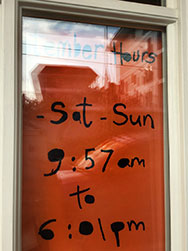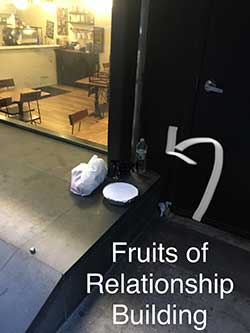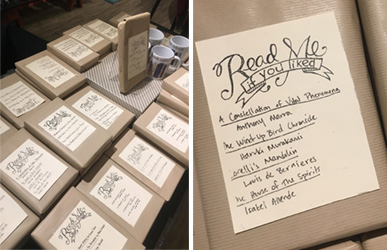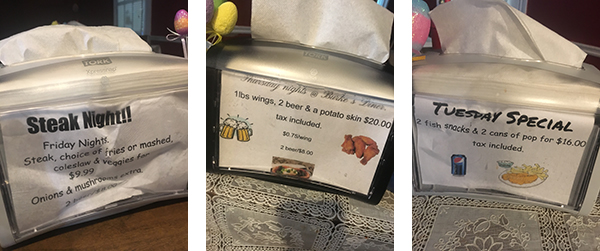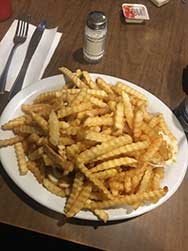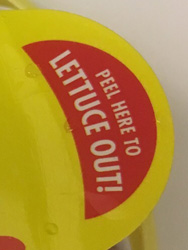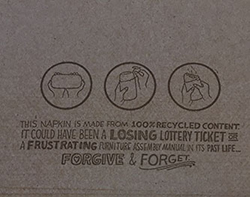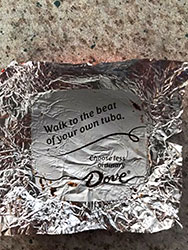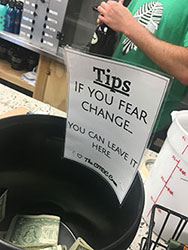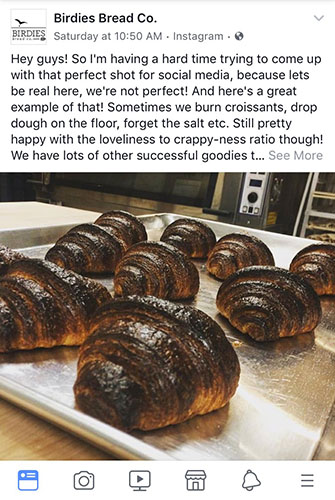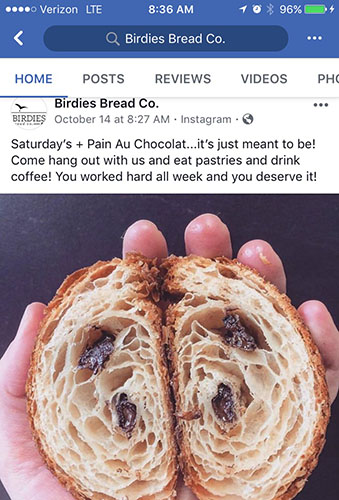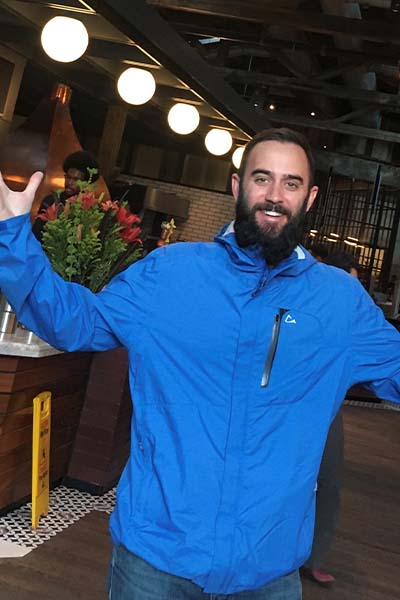Recently, I learned about a dress available at fashion retailer Zara that has its own Instagram account. At the time of this writing, The Dress had 21,000 followers.
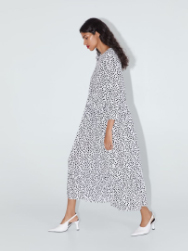
The Dress (credit: Zara)
Not being a fashionista myself – whatever the opposite of a shopaholic is (shopaslothic?), I’m it – I figured that following The Dress on Instagram wouldn’t interest me… except as a marketer. Because the thought of a dress having more followers than some of our clients is mind blowing, and just a teeny bit depressing. I needed to know its secret.
Before I looked at the account, I tried to imagine what kind of content The Dress could offer to keep an audience engaged and growing (because when I first learned about it a month ago, there were only 13,000 followers). Pics of The Dress in different locations? Suggestions for jewelry, shoes, or other accessories that best complement The Dress? Fan photos sent in wearing The Dress? It’s true I’m no fashionista… but why on earth would anyone care enough about THE SAME DRESS to see pictures of it repeatedly and voluntarily?
So I looked. And then I knew: it’s not The Dress. It’s The Voice.
OH, THAT VOICE. The woman who created and manages the account, stylist Faye Oakenfull, sees the world through a clever lens…and that bit of brilliant, humorous cheek comes through with each post. If she’s even half as good a stylist as she is a content creator, her fashion services should be in demand for eternity. I scrolled through so many posts, and was smiling the entire time… and even though I’m not into fashion, and I was only looking at this account as a marketer doing research…in the end, I found myself clicking “follow.”
Because if this account brings me a shot of joy every time I see a post, then I’ll make room for it in my Instagram feed.
The Dress – and The Voice of The Dress – offers a valuable lesson for anyone managing an Instagram account in a lifestyle industry like travel, tourism, and hospitality: you need to EARN your place in a person’s feed. How? Here are two useful suggestions:
Be entertaining: That doesn’t necessarily mean funny… it means ENTERTAIN them. Bring joy to their day. Inspire them. Make them think. Surprise them. And yes, make them laugh sometimes. Stop thinking about what you want (or need) to sell, and stop doing obligatory posts (with no thought, and at the last minute) just to check a box and keep to a posting schedule.
Be relevant: Never ever forget that your audience is made up of individual people… and they are all doing different things and leading different lives at the time they see your post. Why should they care that you’re having a happy hour special today when they live 1,000 miles away? Talk to them as humans having a conversation (“This cocktail at today’s happy hour is so delicious, we won’t judge when you lick the glass after it’s gone”… pic of the cocktail, then swipe for pic of person hilariously actually licking the glass), not as a brand doing marketing (“Two for one happy hour specials on the patio today!”). The former gives them a relevant sensory connection…the latter just pushes a transactional sale.
The Voice of The Dress does both – entertainment and relevance – beautifully. And when my mother hears that I’m following a dress on Instagram – me!…who grew up as the tommiest-of-tomboys and tried to wrestle myself out of every dress she put me in – she’s going to laugh her head off. And I wouldn’t be surprised if she buys me the damn thing for Christmas. (New idea for an Instagram account: Mom Gets the Last Laugh).
 get travel marketing tips
get travel marketing tips 
